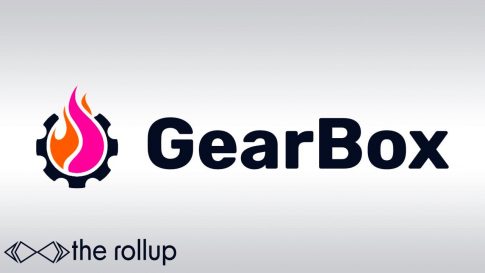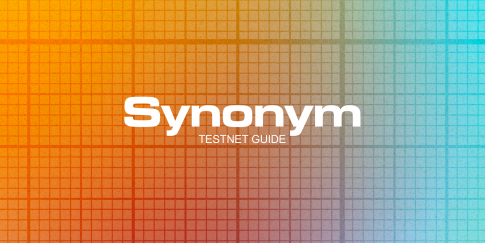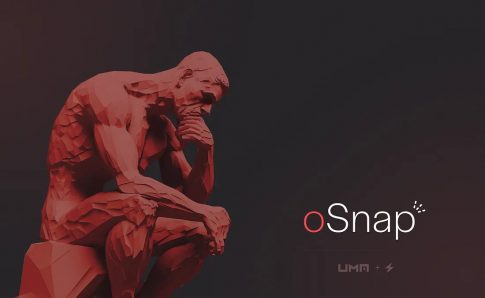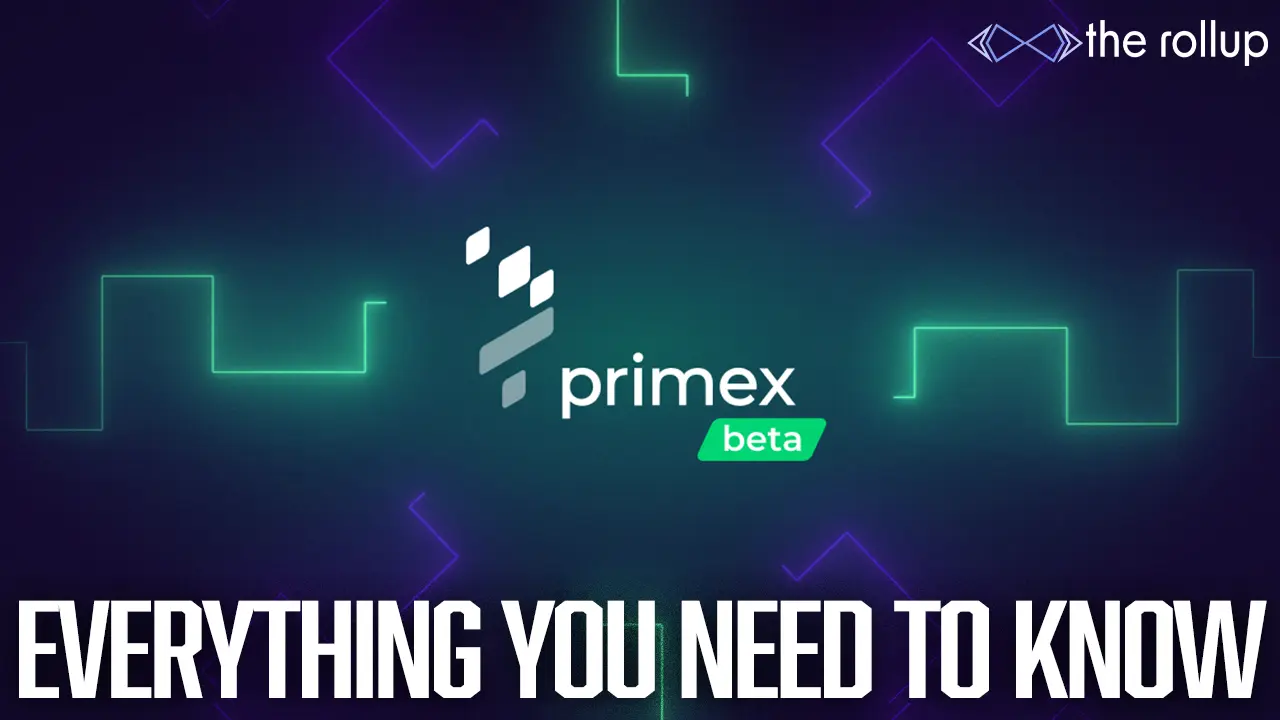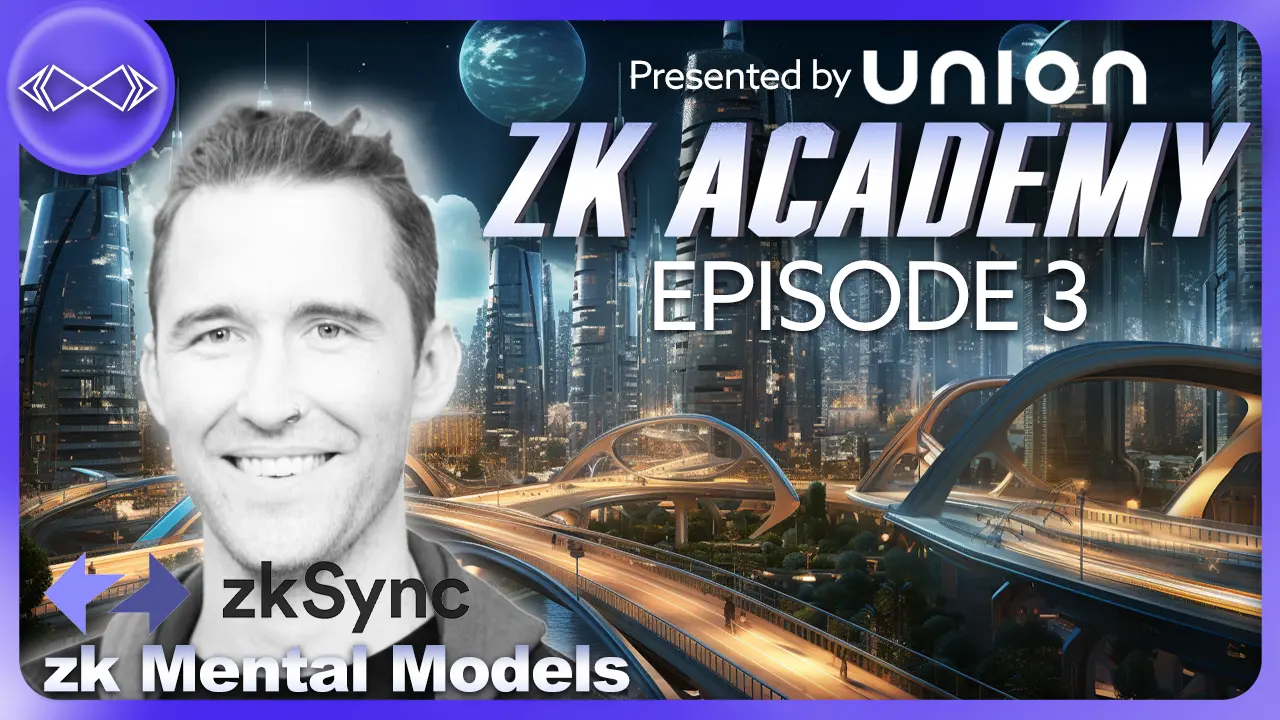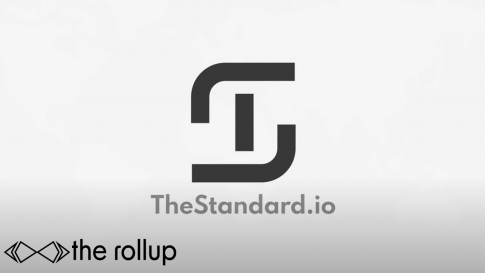We highlight the post-merge world could look like for Layer 2s and DeFi in general
 Trade BTC, ETH, AVAX and other top cryptocurrencies with up to 30x leverage directly from your wallet (& save on fees using our link HERE)
Trade BTC, ETH, AVAX and other top cryptocurrencies with up to 30x leverage directly from your wallet (& save on fees using our link HERE)

DeFi Slate Fam:
THE MERGE IS COMING! But, what does that mean for Layer 2s?
The highly anticipated Ethereum ‘merge’ is one of the most burning topics in blockchain today. The merge marks the end of the resource-intensive Proof-of-Work (PoW) era for Ethereum and depicts the transition to the faster, more secure, and energy-efficient proof-of-stake (PoS) consensus mechanism.
Its a very exciting time to be an Etherean because this is easily the biggest couple years of development. We’ve seen Layer 2s be pushed out, EIP 1559 passed, and the merge is on the horizon.
Could this be the moment were all waiting for?
In todays piece, we have a guest post from the Boba team highlighting what the post-merge world looks like for Layer 2s and DeFi as a whole.
Enjoy!
Andy
Join Our High-Level DeFi Community Today!
Layer-2s: Where Do They Belong in Web3 Post Ethereum Merge?
The highly anticipated Ethereum ‘merge’ is one of the most burning topics in blockchain today. The merge marks the end of the resource-intensive Proof-of-Work (PoW) era for Ethereum and depicts the transition to the faster, more secure, and energy-efficient proof-of-stake (PoS) consensus mechanism.
The highly energy consumptive model of PoW-based cryptocurrencies like Bitcoin and Ethereum has come under global scrutiny from activists and lawmakers for its outsized impact on climate change. Its environmental impact, however, isn’t the only problem.
PoW faces a fundamental scaling issue that has exacerbated problems such as transaction costs, throughput, and latency — particularly as growth and adoption have accelerated. As a result, Ethereum developers have pushed to migrate towards a PoS consensus mechanism. In essence, the PoS mechanism is expected to remediate these issues, slashing the network’s energy costs by 99% and making it easier for Ethereum to scale.
However, existing solutions such as ‘layer-2’ networks already exist that attempt to resolve the scaling issue by bearing the weight of Ethereum’s transaction data. And, for the most part, they’ve succeeded. The question is: will they still be required post-merge?
The Role Of Layer 2s Now
The term ‘layer 2’ refers to a set of technologies or systems that run on top of the Ethereum mainnet (aka layer-1). In essence, layer-2 solutions inherit security properties from layer-1 but provide greater transaction processing capacity, lower transaction fees, and faster transaction confirmations than their layer-1 counterparts. This creates a more cost-efficient ecosystem for both users and protocols. However, even post-merge, the lower transaction fees offered by layer-2s remain pivotal, considering that the transition to PoS will not reduce transaction costs on the network.
Even with the merge still pending, the proliferation and rollout of layer-2 solutions continue at pace, reaffirming their ongoing importance to the Ethereum ecosystem. Even outside of the microcosm of Ethereum, layer-2 networks have proved essential to blockchain adoption and development. For example, layer 2s were recently used in Norway’s Central Bank’s pioneering trial of a CBDC (central bank digital currency) and have also been the primary host for the NFT craze that took the world by storm in 2021, including hosting the industry-leading Opensea platform.
What Role Will Layer 2s Play Post-Merge?
Ethereum will undergo a process of sharding following the merge, whereby the network will divide into 64 smaller subchains — otherwise known as shards. These shards will disperse the network’s load and improve the node running system for validators by lowering hardware requirements, ultimately improving accessibility and fluidity within the network.
Although sharding will certainly improve network efficiency, the demand for ever-higher throughput will only rise as the world moves towards mass adoption of Web3. This is illustrated through the rapid expansion of blockchain gaming and the deployment of more decentralized exchanges, NFT-powered metaverses, marketplaces, and other decentralized apps (dApps). All these case uses inherently require an ever-increasing frequency of complex transactions, showing just how much strain will be put on the Ethereum network.
By incorporating existing layer-2 scaling solutions such as rollups and sidechains post-merge, Ethereum could have the capacity to reach as many as 100,000 transactions per second. The scaling up of layer-1 through sharding will compound the effect of layer-2 scaling solutions running concurrently. This would bring throughput in line with the demand forecast, indicating that Layer 2 and sharding may be the best solution for high-performance scalability.
Indeed, the existing layer-2 infrastructure will be amplified by the changes brought about by the merge. Transaction capacity and speed for layer-2s that use Optimistic Rollups for scaling will be significantly increased. Similarly, the sub-cent transaction fees seen on many layer-2 blockchains will be reduced considerably post-merge, a win for users that will make layer-2 even more scalable and consumer-friendly.
This leads to a bigger question about Web3 and cryptocurrency mainstream adoption. With just 4% of the population owning crypto in 2022, the market for blockchain technologies like Ethereum is set to grow exponentially, and it stands to reason that demand will increase for scaling solutions too.
Also to be considered in the post-merge landscape are value-adding processes offered by scaling protocols such as hybrid computation. Scaling solution developers can use such protocols to run code off-chain via web-scale infrastructures. This allows the execution of more sophisticated algorithms, such as Machine Learning (ML) models, that are too demanding and expensive to perform on-chain.
Moreover, not every layer-2 is built with the same formula or intentions. The major categories of layer-2 solutions are state channels, sidechains, plasma, optimistic rollups, ZK (zero-knowledge) rollups, and validium. Take a look at Immutable X, Polygon, or Boba, for example — each of these are Ethereum layer-2 protocols, built upon different frameworks and with different intended goals.
Immutable X, for example, provides a service tailored to game developers and NFT creators. With high throughput, a carbon-neutral operation and zero gas fees for trading and minting NFTs, users are empowered to create millions of low-cost, easy to trade in-game assets.
Polygon encompases a diverse range of scaling solutions, all geared toward increasing transaction throughput while maintaining security and usability. Optimistic Rollups, ZK-Rollups, and Validiums play vital roles in the Polygon ecosystem.
And, as touched upon, scaling solution developers are exploring hybrid computation technology that soon could be used across many inventive use cases. NFTs or Decentralised Autonomous Organisation (DAO) memberships could be connected to off-chain identities. Even DeFi protocols could be created based on off-chain assets such as real estate. By effectively outsourcing the algorithmic heavy lifting to a hybrid computation protocol, developers can leverage the strength and scalability of Web 2 legacy systems in creative new ways.
Ultimately, post-merge, layer-2 solutions will continue to scale and expand into a more efficient execution layer for Ethereum. Overall, it seems clear that the journey of Ethereum post-merge will bring wins not only for layer-2s but for all stakeholders in the broader Ethereum ecosystem. Increased speeds, lower costs and the improved interoperability gained by connecting these protocols will encourage further adoption and new liquidity into the space. Moreover, the commitment to sustainability and reducing the environmental impact that layer-2 solutions can offer may just be the key to bringing Ethereum to a mass-market audience.
About the Author
Alan Chiu is the CEO of Enya.ai and founder of Boba Network. Alan also serves on the Stanford Graduate School of Business Alumni Board, and he volunteers as Co-President of Stanford Angels and Entrepreneurs, a Stanford alumni club with over 2,000 members active in the startup ecosystem.
???? Together with:
Composable leverage protocol. Open a Credit Account & get 15%+ with DeFi-native leverage; or earn passive lending APY with no stress ???? Here
It’s officially time to start testing the first version of Synonym. Break things, provide feedback, and of course, get rewarded.???????? Here
Off-chain governance. On-chain execution. Optimistically execute governance transactions on-chain where your community can approve them. Check it out Here!
The Rollup Report ????????????
⚠️ DISCLAIMER: Investing in cryptocurrency and DeFi platforms comes with inherent risks including technical risk, human error, platform failure and more. At certain points throughout this post, we might get a commission for promoting certain projects, if this is the case we will always make sure it is clear. We are strictly an educational content platform, nothing we offer is financial advice. We are not professionals or licensed advisors.
???? Check Us Out On Twitter!
???? Subscribe to our YouTube channel!
???????? Join the The Rollup Discord Server!

